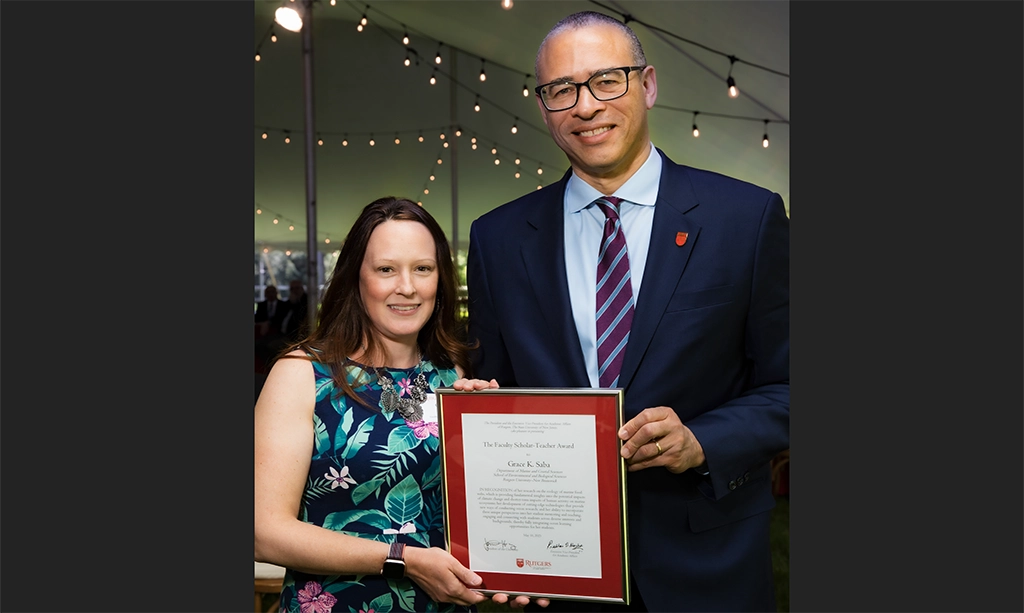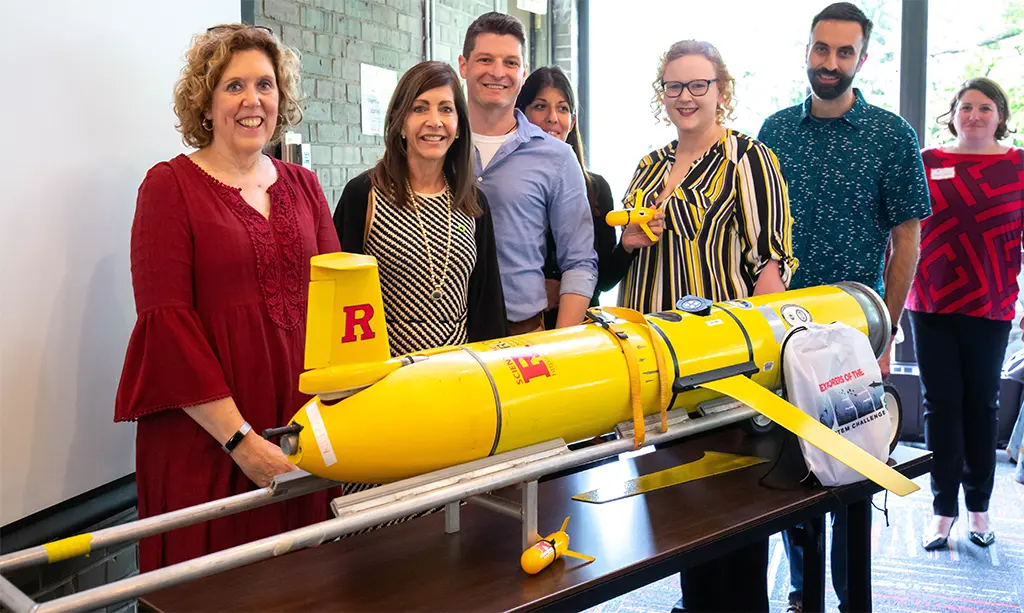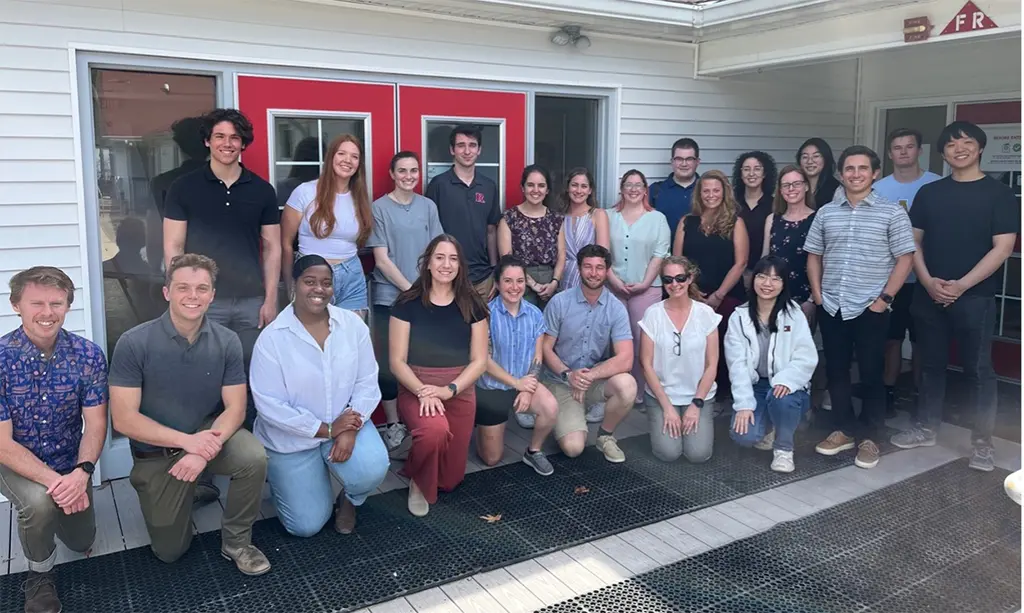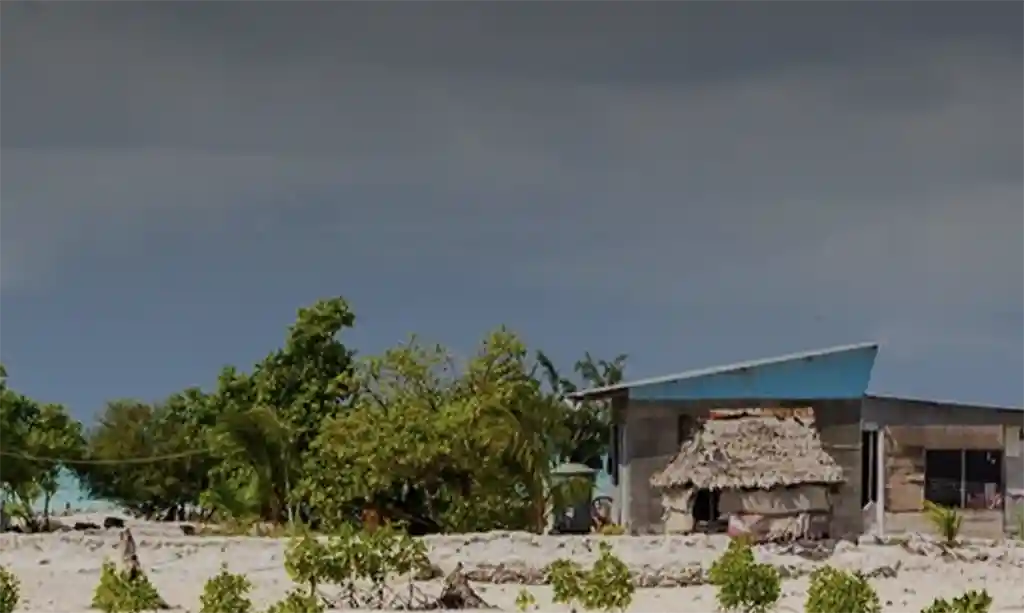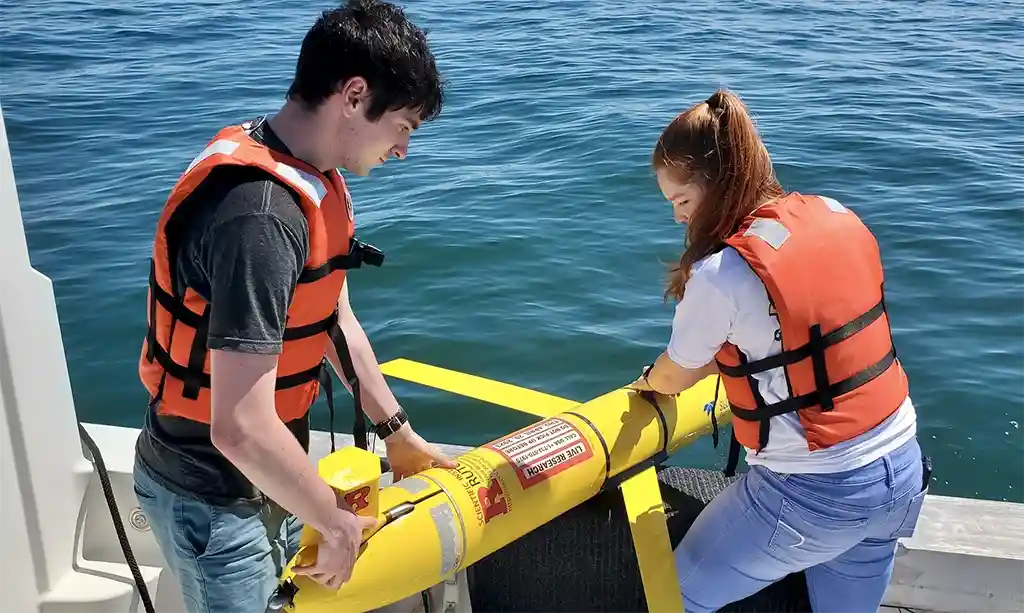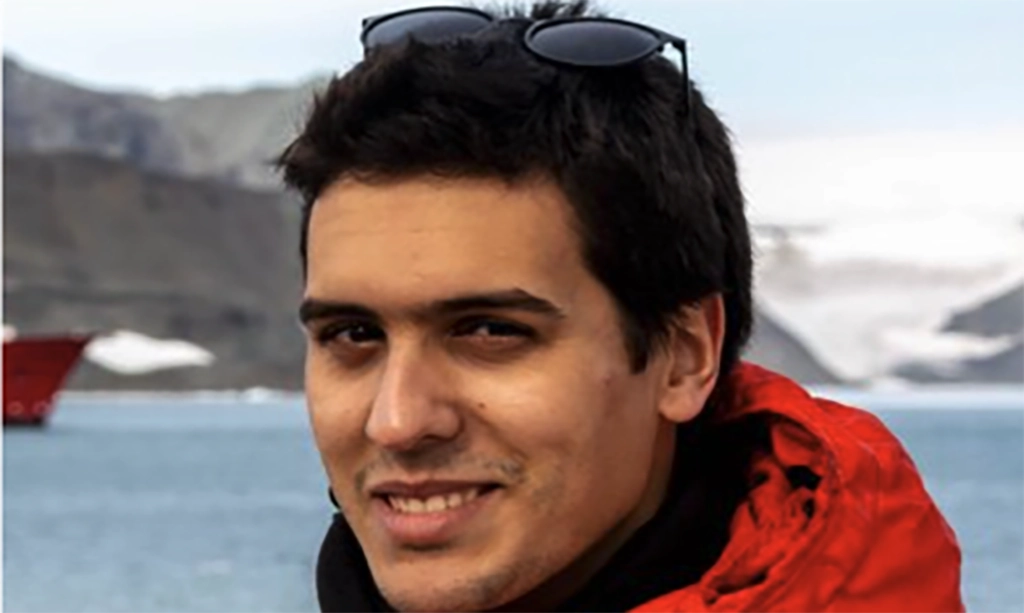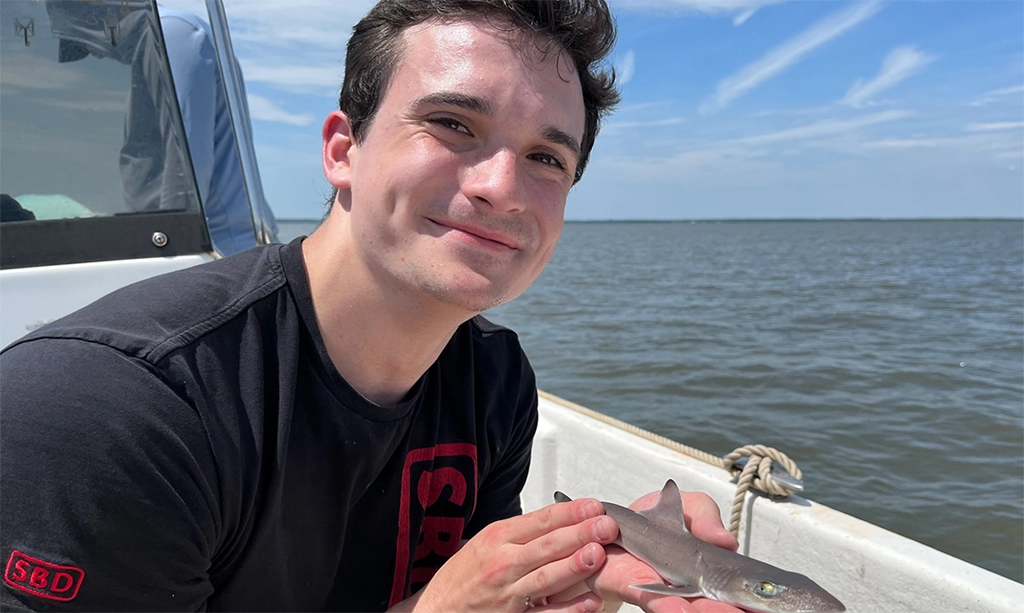Grace Saba Wins the Faculty Scholar-Teacher Award
On May 10th, Rutgers President Jonathan Holloway presented RUCOOL’s Grace K. Saba with the “The Faculty Scholar-Teacher Award.” “Each year these awards honor members of the Rutgers community selected by…

